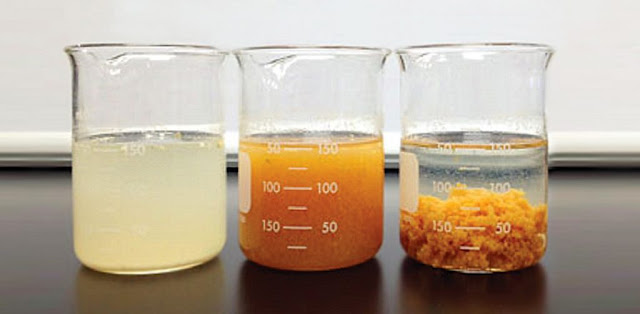Market Dynamics: Exploring Demand-Supply Factors in the Flocculant and Coagulant Market

Flocculant and Coagulant Market
Market dynamics in the flocculant and coagulant market are influenced by various demand-supply factors that shape the industry's growth and development. Understanding these factors is crucial for stakeholders, including manufacturers, suppliers, and investors, to make informed decisions and formulate effective market strategies.
- Growing Water Treatment Needs: The primary driver of
demand for flocculants and coagulants is the increasing need for water
treatment solutions. Rapid urbanization, industrialization, and population
growth have resulted in higher water consumption and wastewater
generation. To meet stringent environmental regulations and ensure access
to clean water, industries and municipalities rely on flocculants and
coagulants for efficient water treatment and purification.
- Expanding Industrial Sectors: Industries such as oil
and gas, mining, pulp and paper, and chemical manufacturing are
significant consumers of flocculants
and coagulants. As these sectors expand, the demand for water
treatment chemicals also grows, as they are vital for treating process
water, cooling water, and wastewater generated during industrial
operations.
- Stringent Environmental Regulations: Governments and
regulatory bodies worldwide are imposing stringent water quality standards
and environmental regulations to safeguard natural water resources.
Industries are required to comply with effluent discharge limits and other
environmental norms, creating a consistent demand for effective water
treatment solutions like flocculants and coagulants.
- Technological Advancements: Advancements in water
treatment technologies have driven the development of specialized
flocculant and coagulant formulations. Nanotechnology, smart dosing
systems, and membrane-based filtration are revolutionizing water treatment
processes, influencing the demand for more efficient and
application-specific products.
- Sustainability and Green Initiatives: Increasing
environmental awareness has shifted the industry's focus towards
sustainable and eco-friendly solutions. Bio-based flocculants and
coagulants derived from renewable resources are gaining popularity due to
their reduced environmental impact and improved biodegradability.
- Regional Water Scarcity: In regions facing water
scarcity and drought conditions, water recycling and reuse have become
critical strategies for sustainable water management. Flocculants and
coagulants play a vital role in treating and purifying recycled water for
reuse, creating opportunities in flocculant
and coagulant market where water resources are limited.
- Raw Material Availability and Pricing: The
availability and cost of raw materials used in flocculant and coagulant
production directly influence pricing and profitability in the market.
Fluctuations in raw material prices can impact manufacturing costs and, in
turn, affect product pricing and supply.
- Competitive Landscape: The market's competitive
nature, with several players vying for market share, drives product
differentiation and innovation. Manufacturers strive to offer superior
products, technical support, and value-added services to gain a
competitive edge.
- Economic Factors: Economic fluctuations and
uncertainties can influence investments in water treatment projects and
industrial activities, which, in turn, may impact the demand for
flocculants and coagulants.
In conclusion, the flocculant and
coagulant market's dynamics are influenced by a combination of demand-supply
factors. The increasing need for water treatment solutions, expanding
industrial sectors, stringent regulations, technological advancements, and
sustainability initiatives are driving market growth. Moreover, regional water
scarcity, raw material availability, competitive landscape, and economic
factors further shape the market's dynamics. Staying attuned to these factors
is crucial for companies to respond effectively to market changes and
capitalize on growth opportunities in this ever-evolving industry.



Comments
Post a Comment